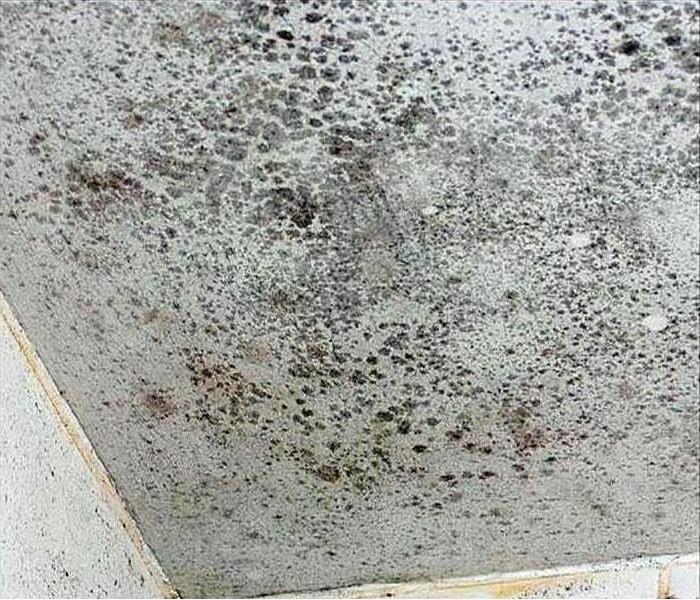Commercial Insurance Coverage for Mold Damage
8/19/2020 (Permalink)
Most commercial insurance policies provide limited coverage for mold damage. While the standard ISO form includes a broad fungus exclusion, your mold claim may be covered if it falls under one of the three exceptions to the fungus exclusion.
Fungus Exclusion Exceptions
The fungus exclusion in the standard commercial form eliminates coverage for loss or damage caused by the presence, growth, proliferation, or spread of the fungus, wet or dry rot, or bacteria. However, limited coverage is provided if one of the three exclusions applies:
- The mold damage resulted because of fire or lightning damage to the property
- A covered cause of loss results from the presence of mold
- The mold occurs because of a covered cause of loss other than fire or lightning
When Limited Fungus Coverage Applies
If mold damage results from a covered cause of loss other than fire or lightning, such as water from a burst pipe, your commercial insurance policy may provide limited fungus coverage. This coverage applies only if you took reasonable actions to prevent mold from occurring, such as employing professional water remediation services to remove standing water from your property.
What Limited Fungus Coverage Covers
If your mold insurance company determines that limited fungus coverage applies to your loss, this coverage should pay for the cost of removing the mold and repairing or replacing property damaged by the mold. This coverage also applies to the cost to remove any property, such as drywall, necessitated by the need to access areas with mold growth. Most policies also cover the cost of a professional mold test in Columbia, TN, performed to ensure no mold remains after cleanup and repair.
Not all commercial insurance policies are written on the standard ISO form, so it is advisable to consult with your insurance professional to determine which mold coverages apply to your policy. It may be possible to have your policy modified to provide additional coverages.



 24/7 Emergency Service
24/7 Emergency Service
